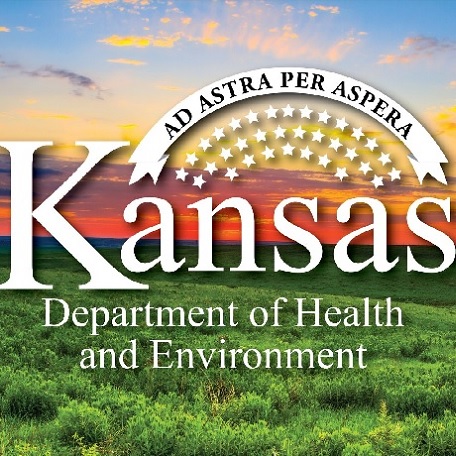KDHE Issues Off-Season Advisory, Public Health Warning for Lovewell Lake Due to Blue-Green Algae

The Kansas Department of Health and Environment (KDHE) and the Kansas Department of Wildlife and Parks (KDWP) issued an off-season advisory on Wednesday, November 8th, placing Lovewell Lake in Jewell County in a public health warning due to blue-green algae.
A harmful algal bloom (HAB) may look like foam, scum or paint floating on the water and be colored blue, bright green, brown or red. Blooms can develop rapidly; if the water appears suspicious or there is decaying algae on the shore, avoid contact and keep dogs away. These toxins can be absorbed by ingestion, inhalation of aerosols and even skin contact. Symptoms vary depending upon the type of exposure (e.g. direct contact, ingestion, inhalation) but can include rash, vomiting, diarrhea, fever, sore throat, and headache. If you, or your dog, come into contact with algae rinse the area with clean, fresh water. Suspected HAB-related health incidents, whether human or animal, regardless of season, should be reported at kdhe.ks.gov/1163.
Lovewell Lake had been under a public health warning from June 15th until November 2nd when the advisory was lifted because cell densities and toxin concentrations had dissipated to levels below the watch threshold.
Lake managers continue to monitor changing conditions and report conditions at Lovewell Lake are unsafe for human and pet exposure and contact with the waterbody should be avoided.
When a warning is issued, KDHE recommends the following precautions be taken:
- Signage should be posted at all public access locations.
- Inhalation of spray or aerosols may be harmful.
- Lake water is not safe to drink for pets or livestock.
- Lake water, regardless of blue-green algae status, should never be consumed by humans.
- Water contact should be avoided.
- Fish may be eaten if they are rinsed with clean water and only the fillet portion is consumed, while all other parts are discarded.
- Do not allow pets to eat dried algae.
- If lake water contacts skin, wash with clean water as soon as possible.
- Avoid areas of visible algae accumulation.
KDHE investigates publicly accessible bodies of water for blue-green algae when the agency receives reports of potential algae blooms in Kansas lakes. Based on credible field observation and sampling results, KDHE reports on potentially harmful conditions.
If you observe a scum or paint-like surface on the water, small floating blue-green clumps or filaments in the water, or if the water is an opaque green, avoid contact and keep pets away. These are indications that a harmful bloom may be present. Pet owners should be aware that animals that swim in or drink water affected by a harmful algal bloom or eat dried algae along the shore may become seriously ill or die.
Exposure to Harmful Algal Blooms, whether through contact or ingestion, can cause illness and even death in animals as well as humans. Do not allow livestock, pets, or working animals such as hunting dogs to drink from HAB-affected waters, eat dried scum on shorelines, or lick their fur after exposure. If a person or animal becomes ill after suspected exposure to an algal bloom, consult medical or veterinary care providers immediately and report the event to 877-427-7317, KDHE.EpiHotline@ks.gov. The Epidemiology Hotline is active year-round.
For information on blue-green algae and reporting potential harmful algal blooms, please visit kdhe.ks.gov/HAB.
